What I did in Doha during my recent trip to Qatar
Links on Head for Points may support the site by paying a commission. See here for all partner links.
Back in March, Qatar Airways adopted Avios as its frequent flyer currency. This led to some substantial changes in how you can earn and spend Avios:
- Qmiles were replaced by Avios
- Qatar Airways and British Airways began to let you transfer Avios seamlessly between the two programmes – this article explains how
The cost of redeeming Avios on Qatar Airways fell sharply in most cases, as did the taxes and charges required. For example, the ultra-long flight from Doha to Auckland now costs just 70,000 Avios plus £115 in Business Class, one way. You see this price whether you book via ba.com or qatarairways.com

To help show HfP readers why Qatar Airways is now a great place to spend their Avios, I went down to Qatar last month to try out Qsuite on the Boeing 777 (review here) and the newest Qatar Airways business class seat on the brand new Boeing 787-9 fleet (review to follow).
With two days to fill in Doha, Qatar Tourism arranged a programme for me to see a mix of sites.
Whilst Dubai has long been a magnet for tourists seeking guaranteed sunshine, Qatar’s tourism industry is only just developing. The World Cup will be the largest international event it has ever hosted, and driving from the airport to my hotel it’s impossible to miss, with construction on every street corner, from the creation of new parks and a seaside boardwalk along the Corniche to road works and last-minute buildings going up everywhere.
I’ve got a fairly action-packed two days in Doha, exploring a variety of museums and cultural and natural sites. My knowledge of this conservative country is fairly limited, so I’m looking forward to learning more.
My first stop is Msheireb, the original historical settlement at the core of Doha’s downtown. The area has been redeveloped recently and now features Arabic inspired architecture around a large public square shaded by a huge retractable sunsail. Qatar isn’t exactly short on luxury brands and this is where Harrods and Mandarin Oriental have made their home, as well as a modern Qatari restaurant called Saasna.
Just down the road – and past the stunning Msheireb Mosque – are four heritage houses where I unravel Qatar’s history. I start at Company House, formerly the headquarters of Qatar’s petroleum industry, which contextualises Qatar’s transformation from extreme poverty to its current wealth thanks to the discovery of oil in the 1930s. Few countries have gone from rags-to-riches in as few decades.
Next door in Bin Jemood House is a surprisingly candid look at Qatar’s place in the slave trade, with a particular focus on the Indian Ocean trade, particularly the purchase of slaves from Zanzibar to help with the pearling industry. In the UK our focus is often on the transatlantic trade so it was interesting to learn about slavery in a different axis – and time – as slavery was only abolished in Qatar in 1952.
Two more historic houses make up the quartet, including the Radwani house, which offers an insight into the traditional way of life in Qatar, as well as the Mohammadi Bin Jassim House which looks at the larger development in Msheireb.
As the day cools off I head to The Pearl, Doha’s reclaimed-land project, and am given the opportunity to explore it from the water in a kayak. If I had more time I would head to the mangroves, just under an hour’s drive from Doha and where you can explore the unexpected greenery in an otherwise dry and rocky landscape.
The following morning, as a dust storm rolls in, I head to the National Museum of Qatar, housed in a stunning, architectural building designed to look like a desert rose.
With the sort of funding most museums could only dream of, the NMoQ has created an immersive exhibition that charts Qatar’s history from early settlements and pearl diving industry all the way to the discovery of oil and future plans.
All things considered Qatar is a young country, and its history as a predominantly nomadic culture with oral history mean that even the oldest artefacts are around 200 years old.
A lot of it has been pieced together thanks to written treaties with various countries, including the British – and our naval maps of the Qatari coastline. A video installation with interviews from those who lived through the pearling industry and discovery of oil is particularly interesting.
The museum also offers high-end dining in its Jiwan restaurant on the fourth floor serving Qatari inspired cuisine. Just beware – portions everywhere in Qatar are massive!
The dust storm cancels my afternoon plans – a trip to the desert in Zekreet with its limestone mesas, abandoned forts and new EAST-WEST installation featuring four steel monoliths in a kilometre-long straight line.
In the evening, I head to Souq Waqif, the marketplace that borders Msheireb whose history is a counterpoint to the gleaming new developments elsewhere.
As the sun approaches the horizon the temperature cools down and a lovely breeze blows across the square and the mosque rings out the call to prayer. It is all the more atmospheric thanks to the dust, slowly subsiding.
Everyone emerges at this time of day, from teenage boys dressed in thobes but wearing baseball caps to Qatari families, it still feels extremely local, and definitely the most buzzing part of my stay.
Unlike the Grand Bazaar in Istanbul, Souq Waqif remains relatively untouristed and you aren’t hounded by sellers trying to flog souvenirs. You can get virtually everything – fabrics, spices, miscellaneous homewares. During the day you can even head to the camel and falcon markets.
For dinner I head to Parisa, a Persian restaurant inside the Souq with stunning, sparkling interiors, for a taste of a mint-yoghurt drink, aubergine and lamb – an excellent way to round off my trip.
Qatar feels more grounded in its history than Dubai thanks to its cultural and artistic offerings. It has a greater sense of self thanks to some incredible architecture – you feel like you are in Qatar, rather than Las Vegas on Sea.
The country is also expanding its programs. Whale shark tours are new for 2022 and I’d also love to explore the west coast where a huge population of dugongs munch on sea grass.
Most people won’t come to Qatar directly, but it does make an interesting stop-over on the way elsewhere and Qatar Airways offers good value stop-over packages. You can stay in a 4* hotel for just $14 per night or 5* from $21, depending on the package you choose.
Thanks to Qatar Tourism for arranging my tour.



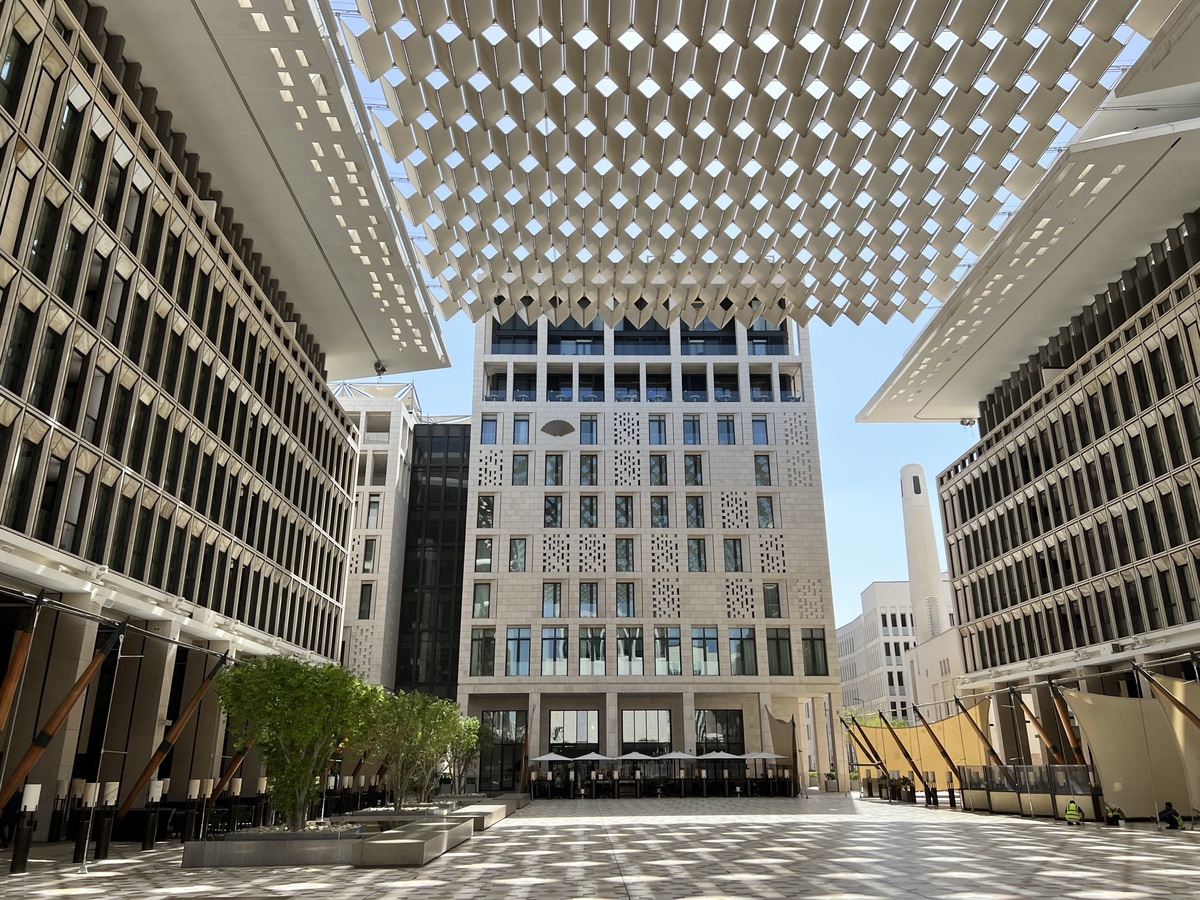
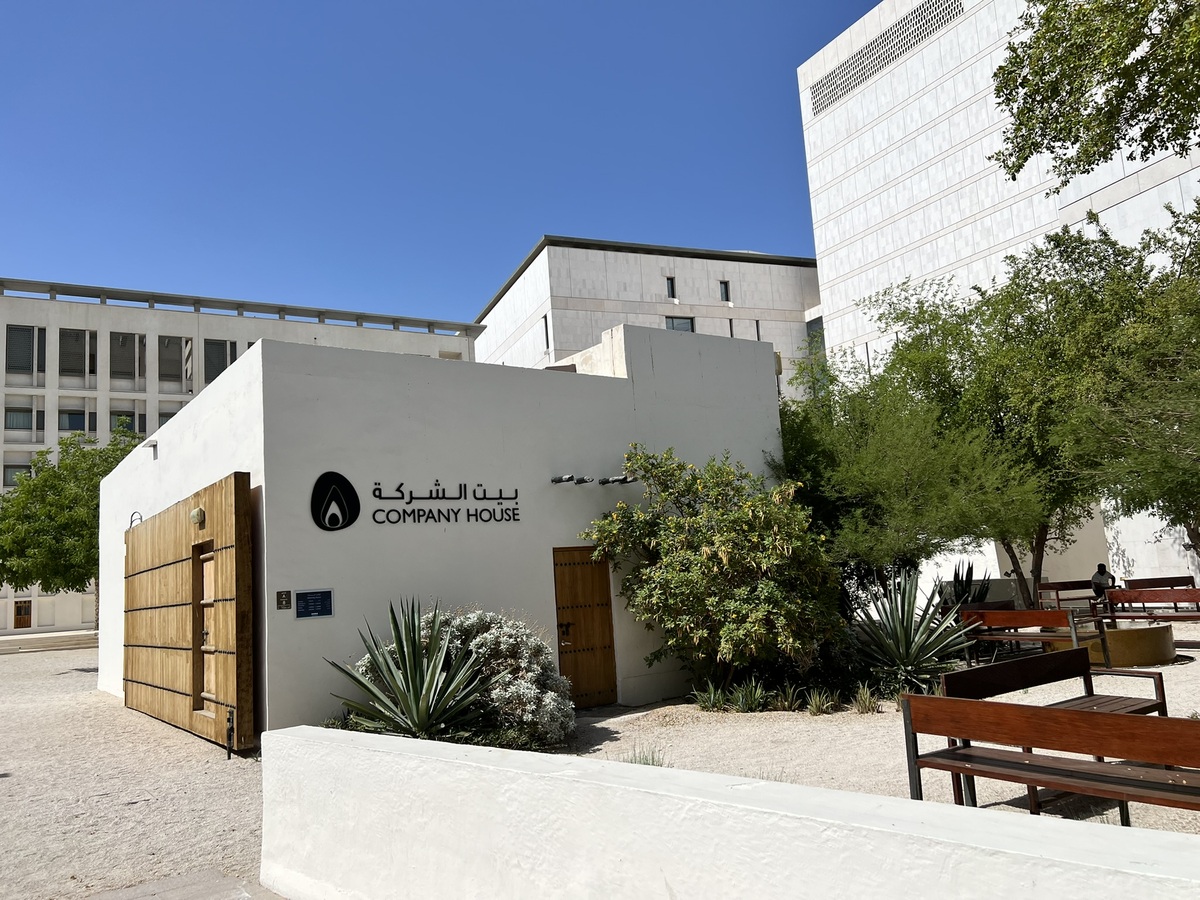
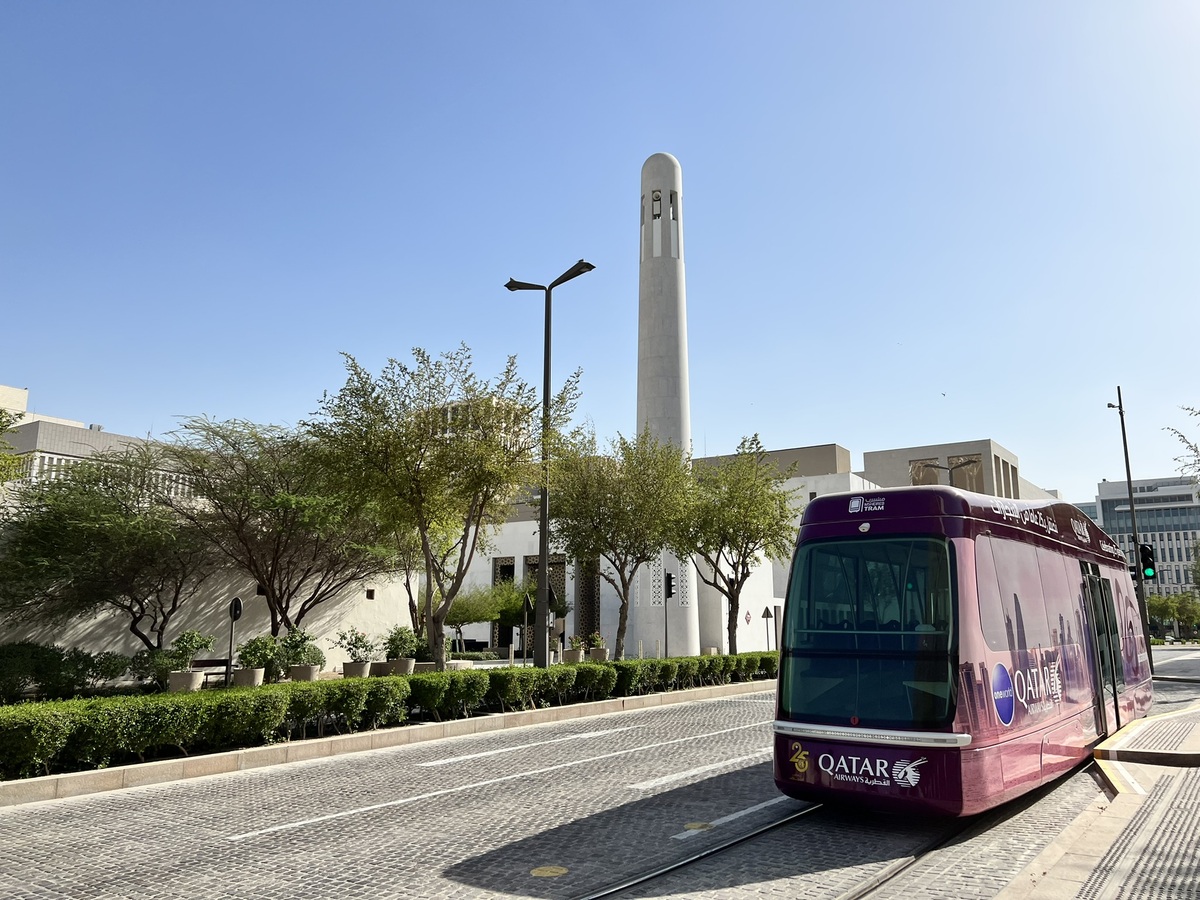
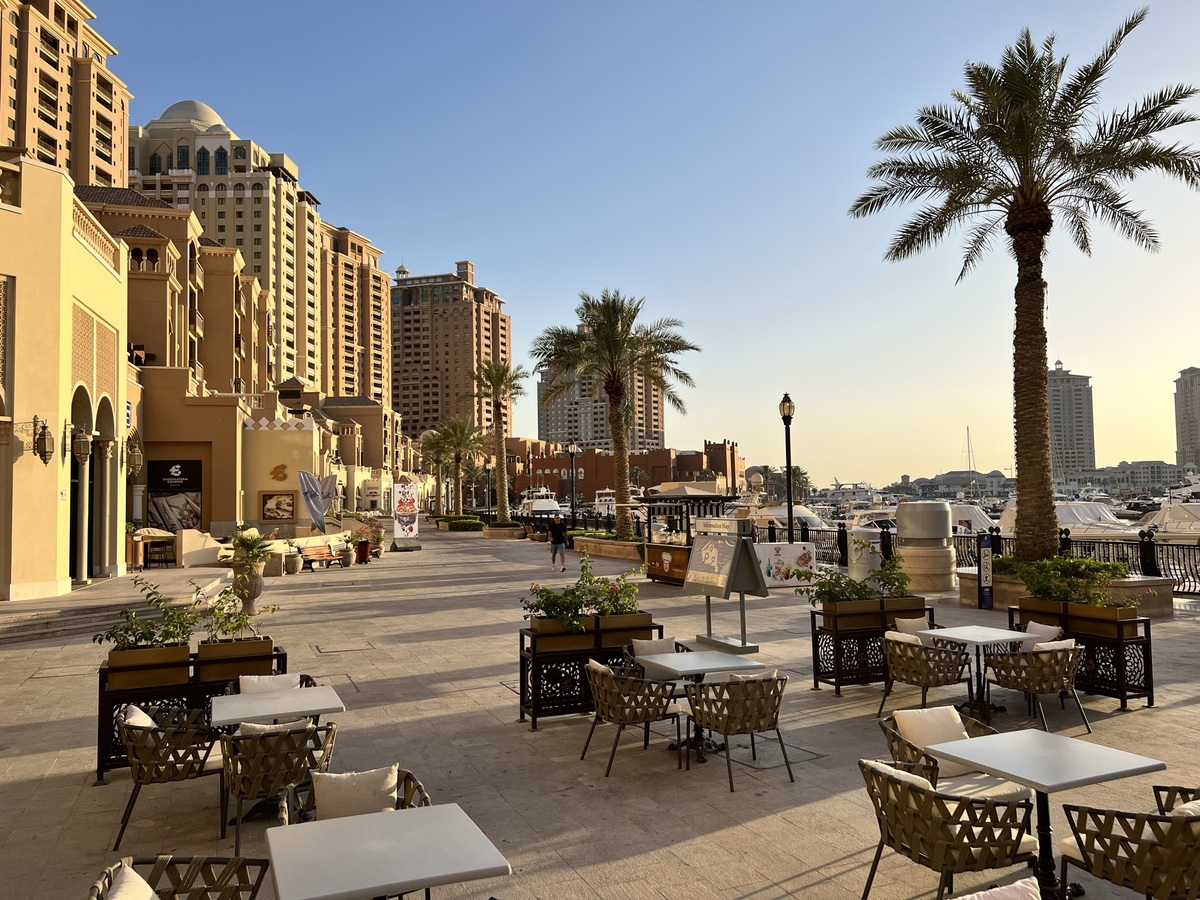
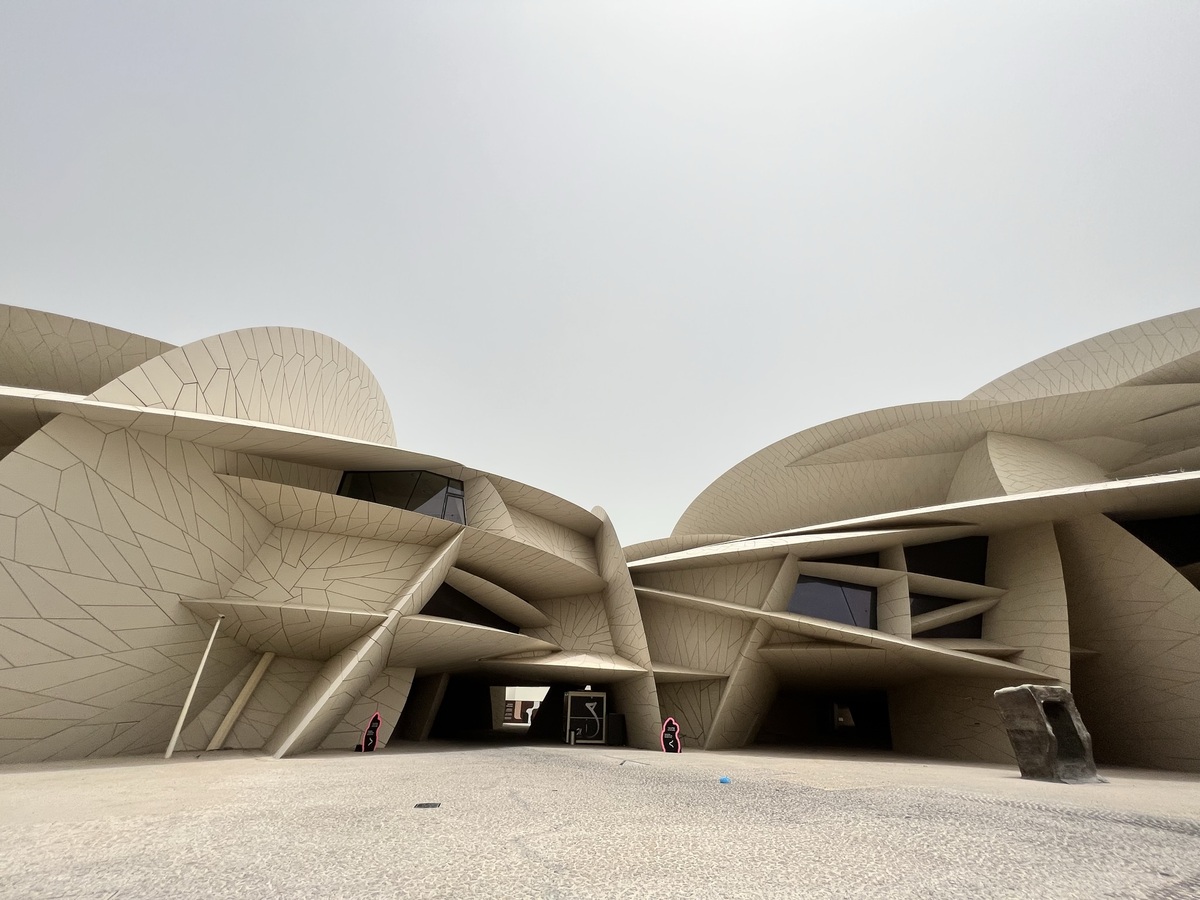
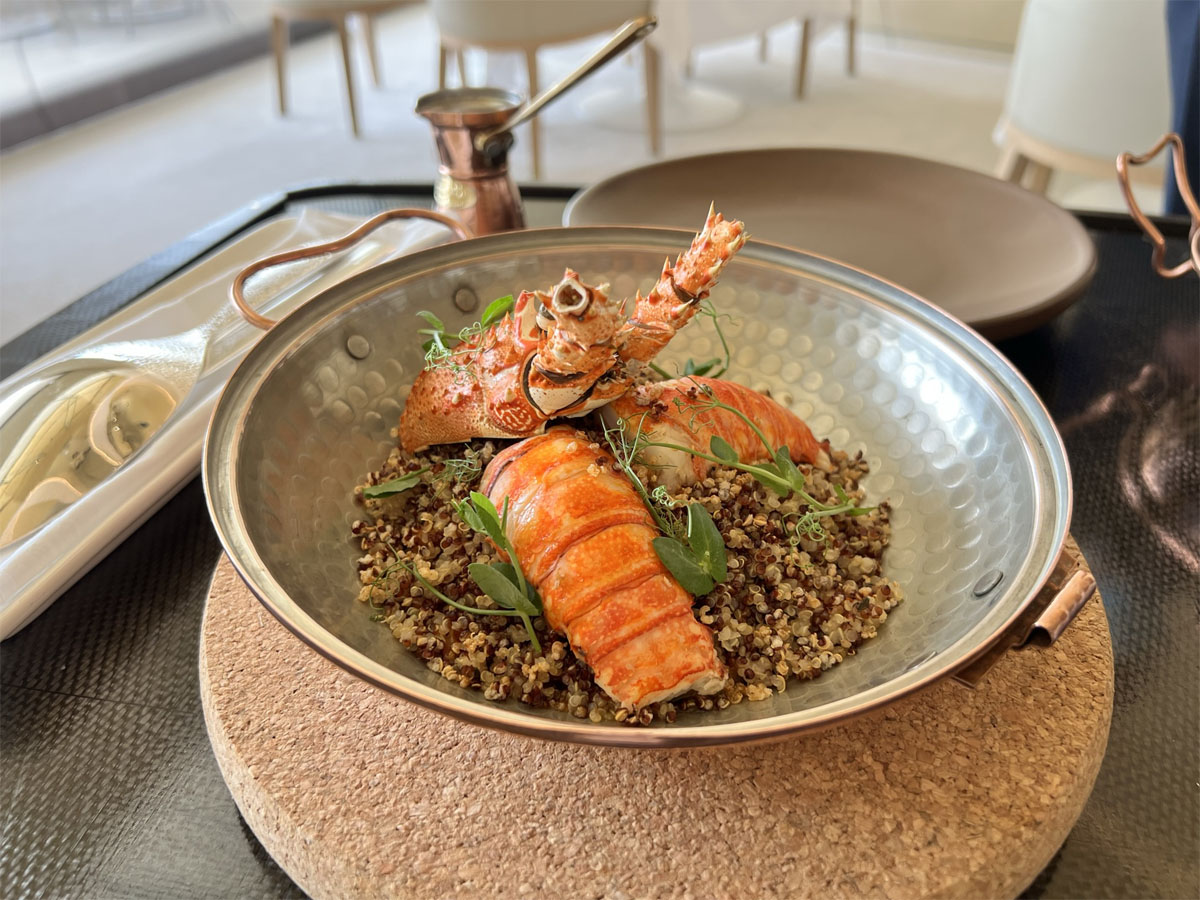
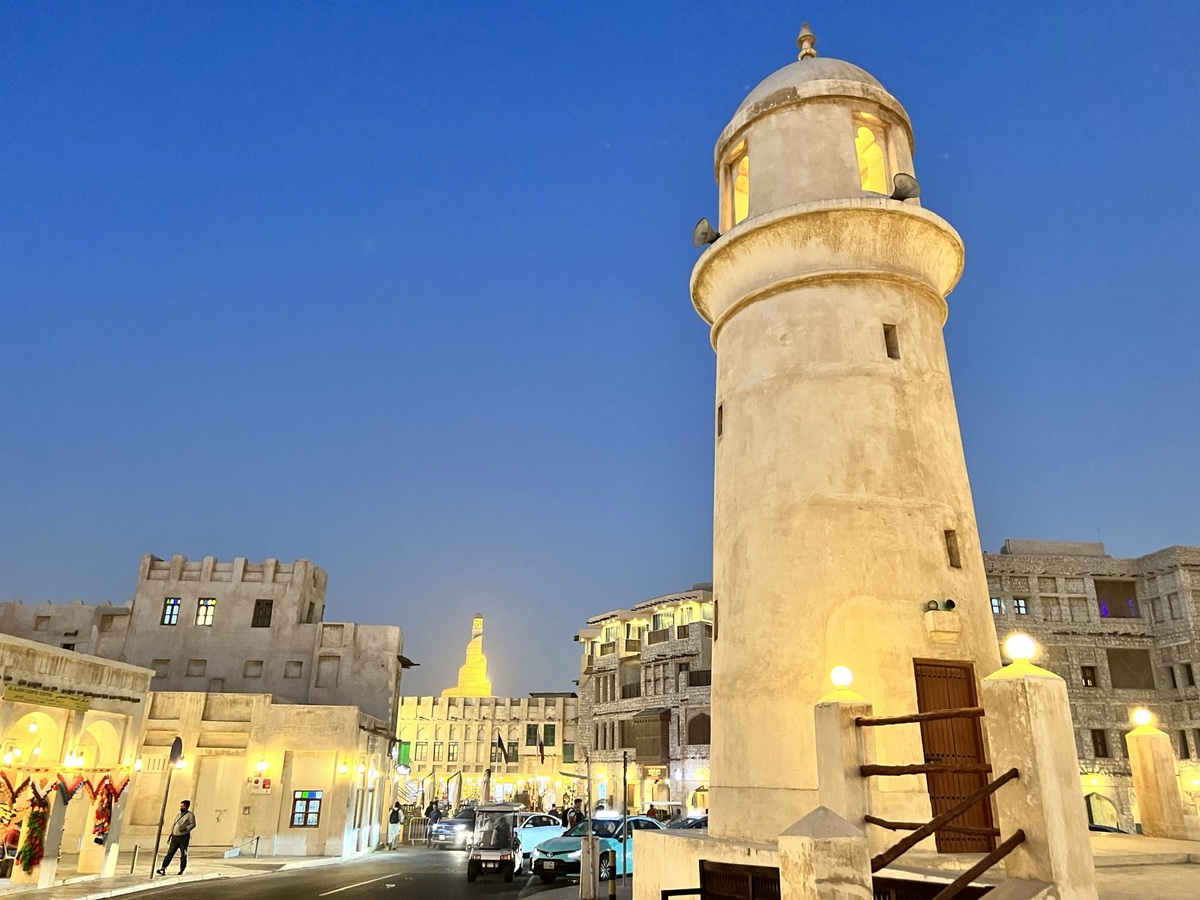
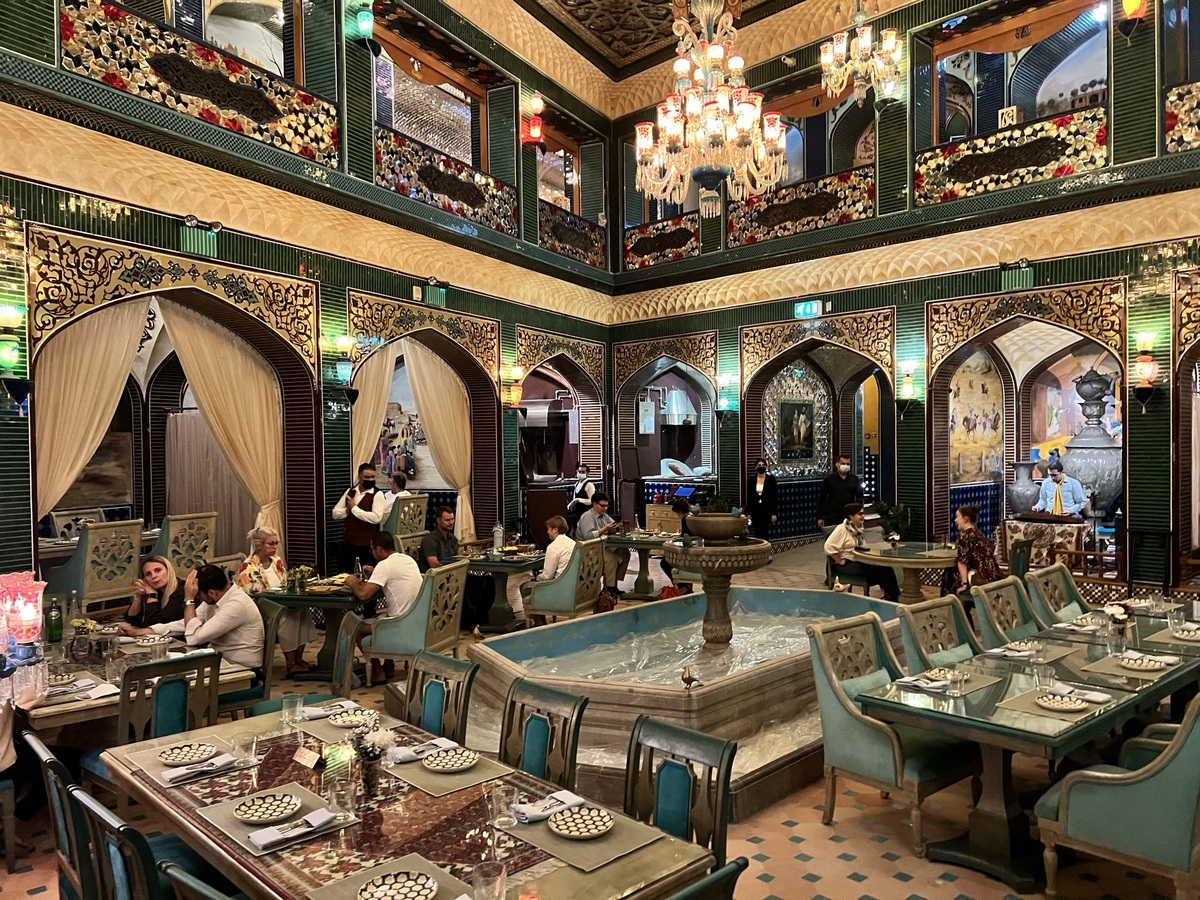
 Rhys
Rhys 





Comments (40)